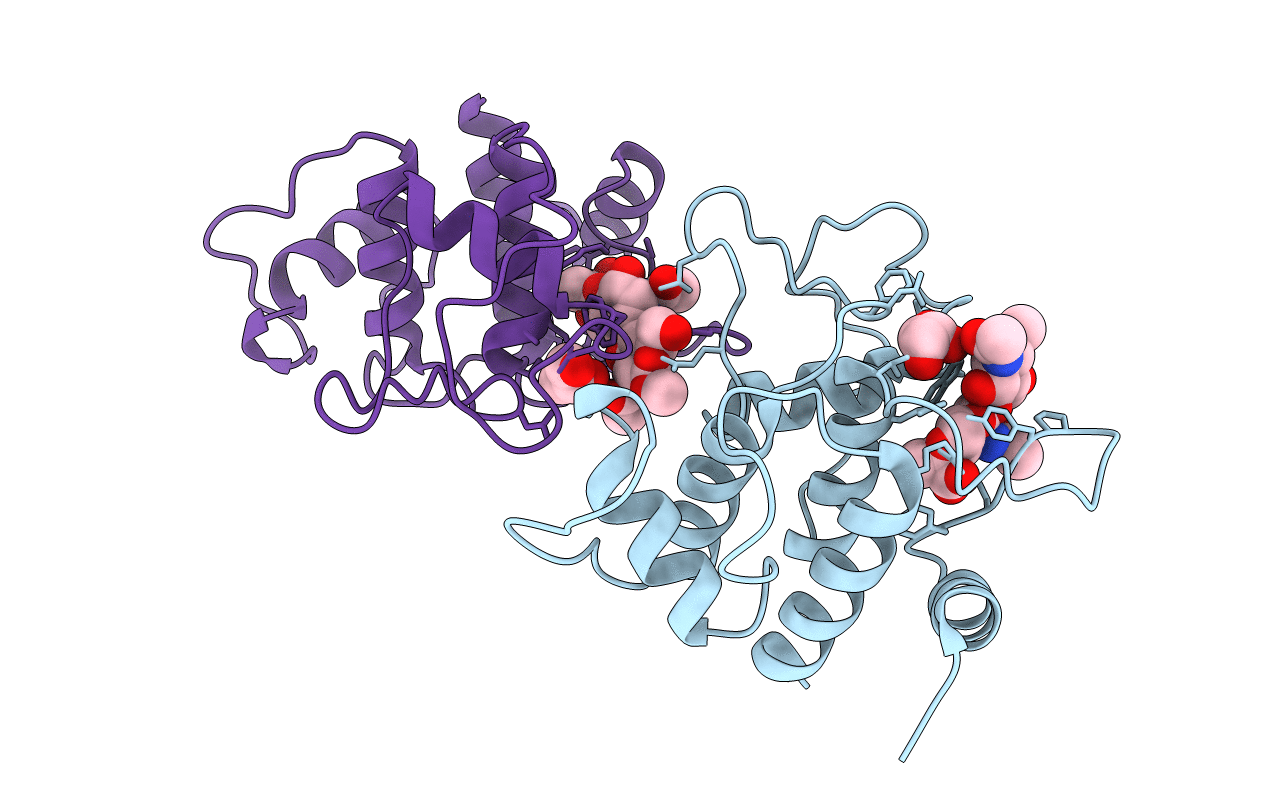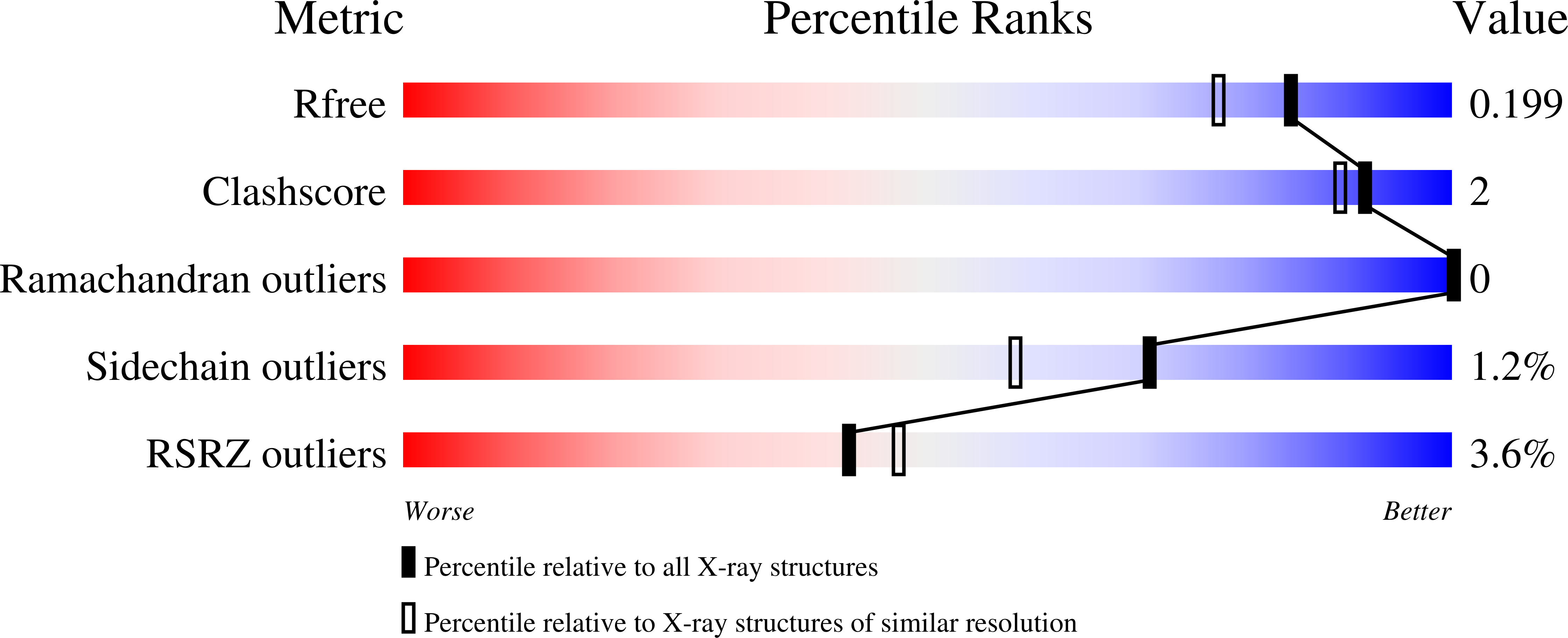
Deposition Date
2021-11-18
Release Date
2022-03-09
Last Version Date
2023-10-18
Entry Detail
PDB ID:
7SV5
Keywords:
Title:
Crystal structure of SpaA-SLH/G109A in complex with 4,6-Pyr-beta-D-ManNAc-(1->4)-beta-D-GlcNAcOMe
Biological Source:
Source Organism:
Paenibacillus alvei (Taxon ID: 44250)
Host Organism:
Method Details:
Experimental Method:
Resolution:
1.72 Å
R-Value Free:
0.19
R-Value Work:
0.17
R-Value Observed:
0.17
Space Group:
C 1 2 1


